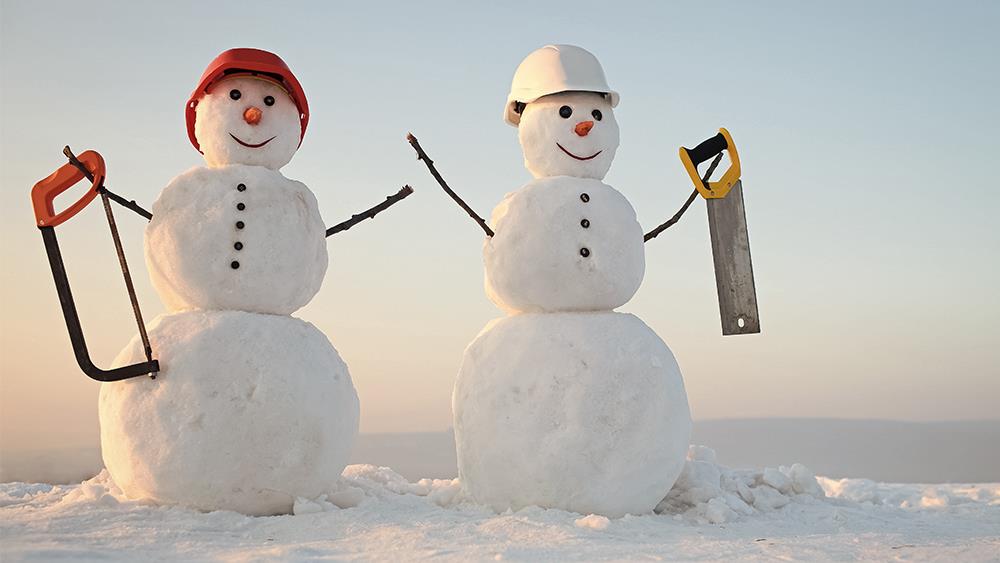With temperatures dropping as low as -10 degrees in some parts of the country, Emily-Jane Dix, Marketing Executive for Marley, advises contractors to make sure they are prepared for the freezing conditions.
Extreme weather events appear to have become more common in recent years and this is liekly to impact sectors focuses on outdoor activities. The Beast from the East and Mini Beast in 2018, for example, saw construction activity grind to a halt as the UK was battered with three snowstorms in just a matter of weeks.
With forecasters predicting even more snow this winter, contractors should take steps now to make sure they are prepared for extremely cold conditions over the next few months.
While site safety has to be the main priority, on roofing projects, extra precautions need to be put in place to make sure workers are protected while they build roofs that are durable and secure.
Marley has issued the following winter site safety and roofing advice:
Site safety
- Monitor the weather forecast so you can anticipate and be prepared for poor weather conditions. Carry out a risk assessment every day to check that it is safe to work and that conditions haven’t changed. Pay particular attention when working at height and do not work on roofs in icy conditions.
- Make sure you are wearing the right PPE and extra clothing suitable for the job and the weather conditions. This usually involves wearing several layers of clothing, as well as waterproofs or wind resistant fabrics where necessary. Also, choose water resistant footwear, with enhanced slip resistance or ice grips if required to help prevent any slips.
- Wear gloves when fine manual dexterity is not required and the temperature drops below 4°C. Also, choose hats that work with safety headgear and don't compromise any eye or hearing protection.
- Cold weather increases the risk of hand/arm vibration syndrome. Keep your hands and arms warm when using vibratory equipment such as drills, nail guns and even hand tools, such as hammers.
- Take breaks in heated areas. Also, drink plenty of fluids, including water and warm beverages.
Roofing in winter
- Always install roofs to the BS 5534:2014 standard, which was revised to help make roofs more secure against extreme weather. Revise fixing specifications for each project, as this will help ensure the roof is as wind resistant as possible.
- Make sure that any clay tiles you use have passed freeze/thaw test requirements for the UK. Clay tiles face a challenging environment in the UK because they have to go through many more freeze thaw cycles than those used in colder or warmer countries. Make sure the tiles meet the standard BS EN 1304 when tested to BS EN 539-2 and carry the CE mark to demonstrate conformity.
- Ensure roofing products are stored correctly. Many roofing products are delivered to site shrink wrapped but, for products that aren’t, like battens, make sure they are protected from the weather or stored in racks that have a roof.
- Protect unfinished roofs. Avoid using wet battens where possible and get roofs covered in at the earliest opportunity to prevent moisture damage.
- Use dry fix where possible. Mortar should be avoided in very cold conditions, so even though mortar bedding with mechanical fixings is allowed under BS 5534, it may be worth switching to full dry-fix systems in the winter to enable roofing work to go ahead. If you are going to keep using mortar in the winter, the National House-Building Council states that it should not be used below 2°C, to avoid frost damage.
To help you prepare for freezing temperatures, Marley is giving away 100 cosy snoods to keep your head and neck warm on site this winter. For your chance to get one, visit www.marley.co.uk/wintercampaign and fill in your details.

